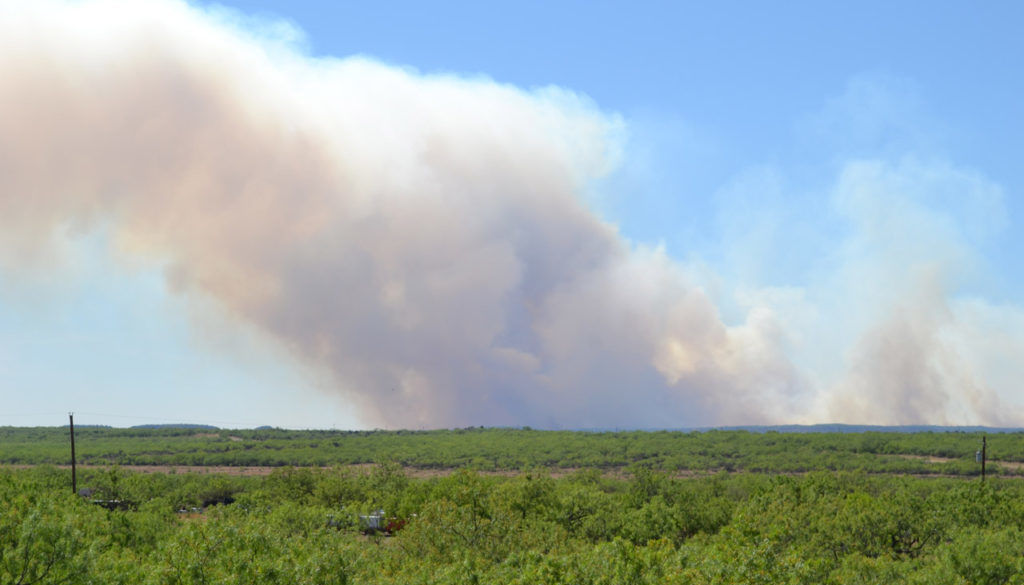EPA Administrator Pruitt Burns His Own Scientists Again
By Juanita Constible, Natural Resources Defense Council
There’s an ever-widening gap at the U.S. Environmental Protection Agency (EPA) between scientists and their boss, Scott Pruitt. The latest comes after media stories about a major climate report awaiting approval from the Trump administration. Administrator Pruitt said the draft report “ought to be subjected to, what—peer-review, objective review,” ignoring the extensive peer-review already done by the National Academy of Sciences and 13 federal agencies—including the EPA.
Despite the anti-science message from the top, EPA scientists are attempting to uphold the agency’s mission to protect human health and the environment.
Take the EPA’s brand new Smoke Sense study. Users can use a free app to learn about the health effects of wildfire and to report smoke-related symptoms. The aggregated (and anonymous) data will help the EPA develop better strategies and tools to protect people from smoke exposure, now and in the future. According to the project website:
“As the incidence and intensity of large wildland fires increase in the United States, more people will be exposed to unsafe levels of particulate matter (PM) and other pollutants from smoke.”
Now, you might wonder why wildfires are expected to get more frequent and intense, but you won’t find that information in the Smoke Sense materials. The omission of the fact that climate change is setting the stage for larger and more frequent wildfires, while possibly unintended, echoes the removal of more than 1,900 climate-related items from the larger EPA website.
The western United States and Canada are on fire right now. Unhealthy wildfire smoke is drifting thousands of miles from British Columbia, which is having its second worst wildfire season on record.

In Kamloops, British Columbia, wildfires pushed dangerous air pollution off the charts, to a reading of 49 on what is normally a scale of 1 to 10.

People don’t have to live in the West to be affected by unhealthy smoke. In the 2011 wildfire season, for instance, NRDC found that nearly two thirds of the U.S. population lived in counties affected by smoke. When you layer worsening wildfires on other air quality problems like smog and allergenic pollen, summers can become downright dangerous for small children, older adults, people with asthma, and anyone who works or plays outdoors.
Decades of peer-reviewed, objective science show us that man-made climate change is bad for the health of everyday Americans. But that hasn’t stopped Pruitt’s record-setting quest to roll back science-based safeguards like the Clean Power Plan. It’s too bad the EPA Administrator would rather listen to the polluters whispering in his ear than to the chorus of EPA’s own scientists.

